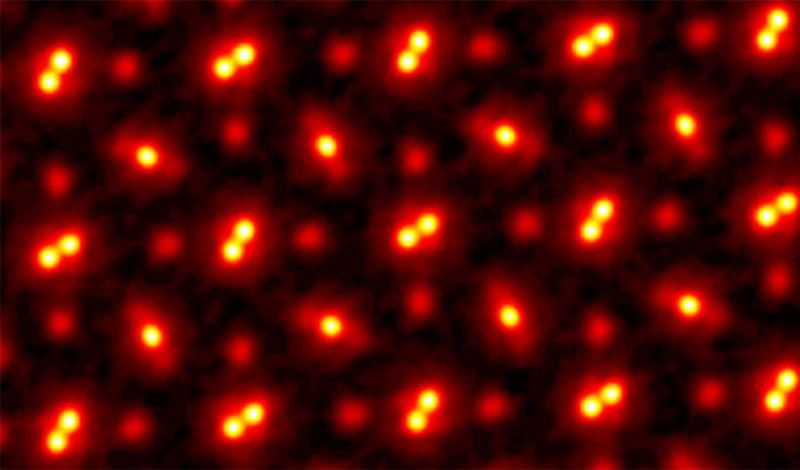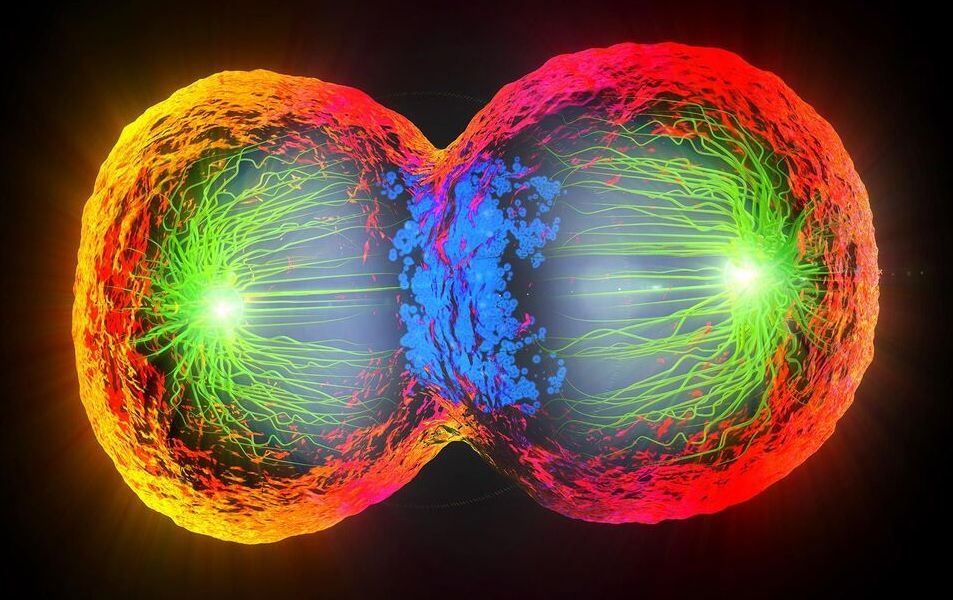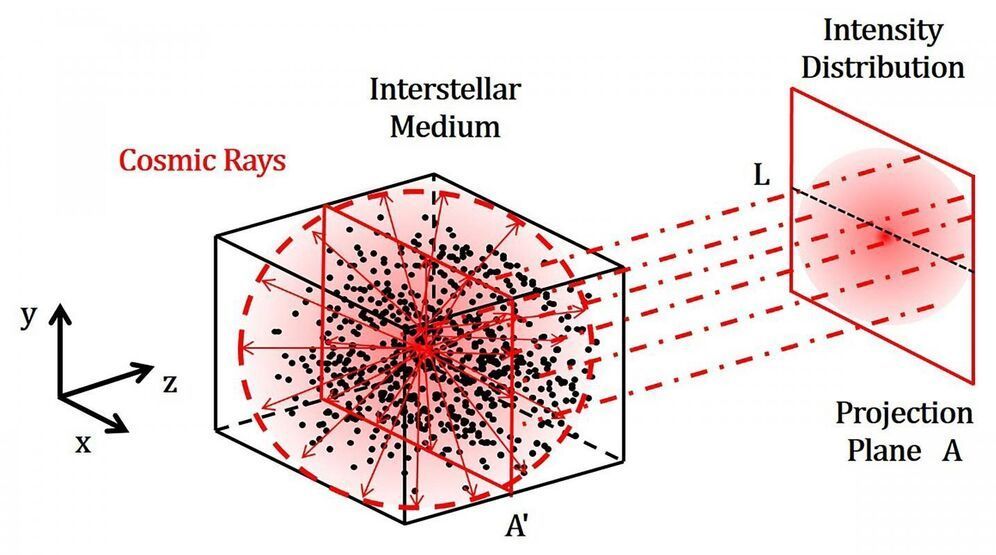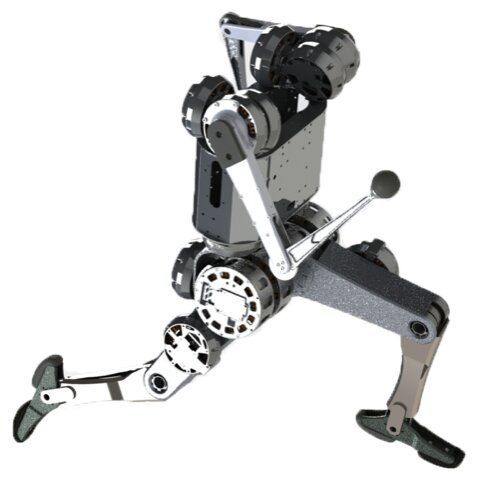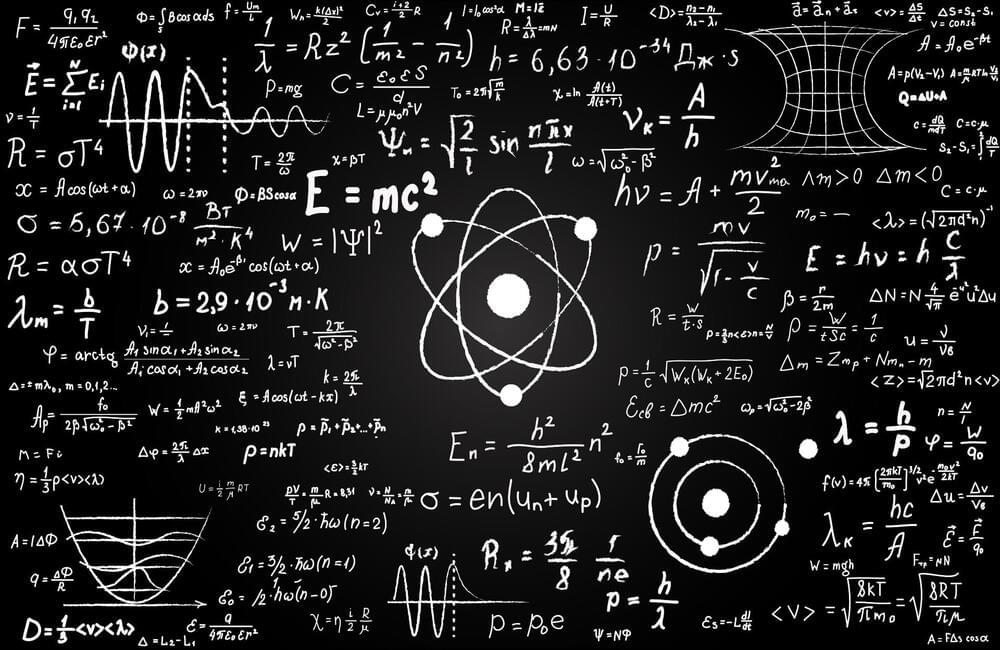May 29, 2021
More than half of Europeans want to replace lawmakers with AI, study says
Posted by Jason Blain in categories: governance, information science, robotics/AI
I think we should. If it is corrupt or makes mistakes, it will at least be correctable.
LONDON — A study has found that most Europeans would like to see some of their members of parliament replaced by algorithms.
Researchers at IE University’s Center for the Governance of Change asked 2769 people from 11 countries worldwide how they would feel about reducing the number of national parliamentarians in their country and giving those seats to an AI that would have access to their data.
Continue reading “More than half of Europeans want to replace lawmakers with AI, study says” »


